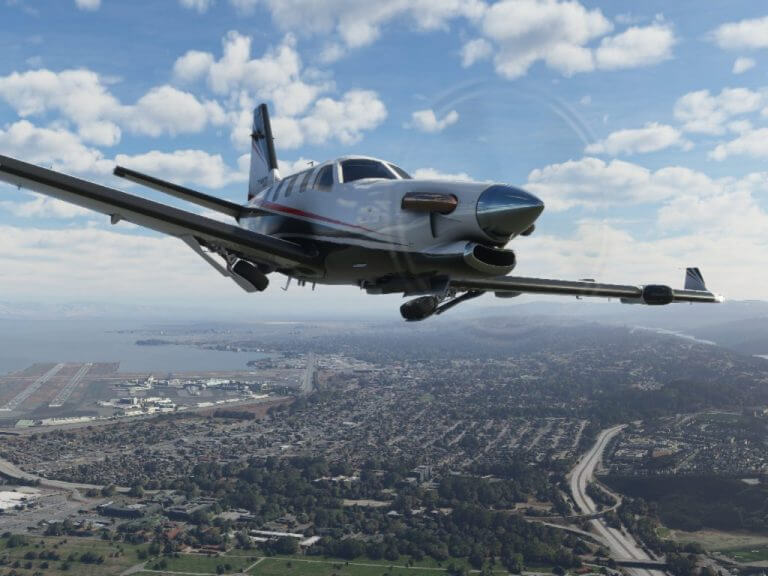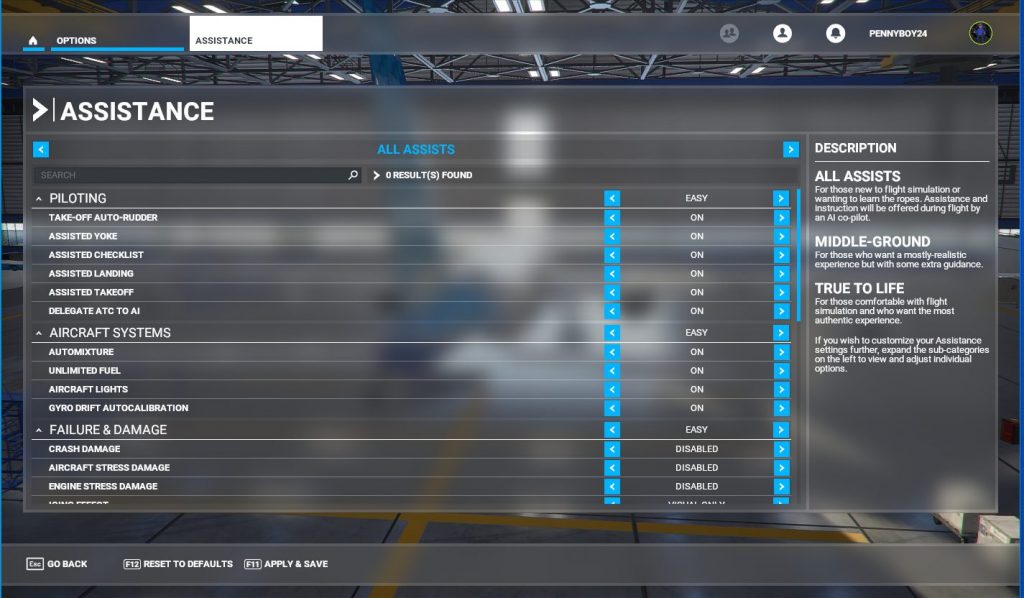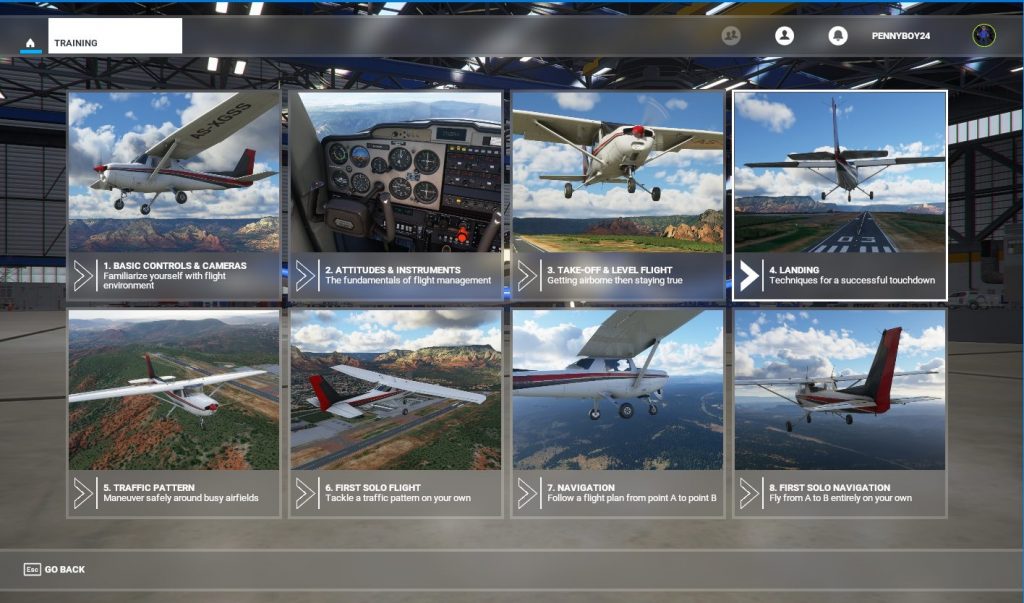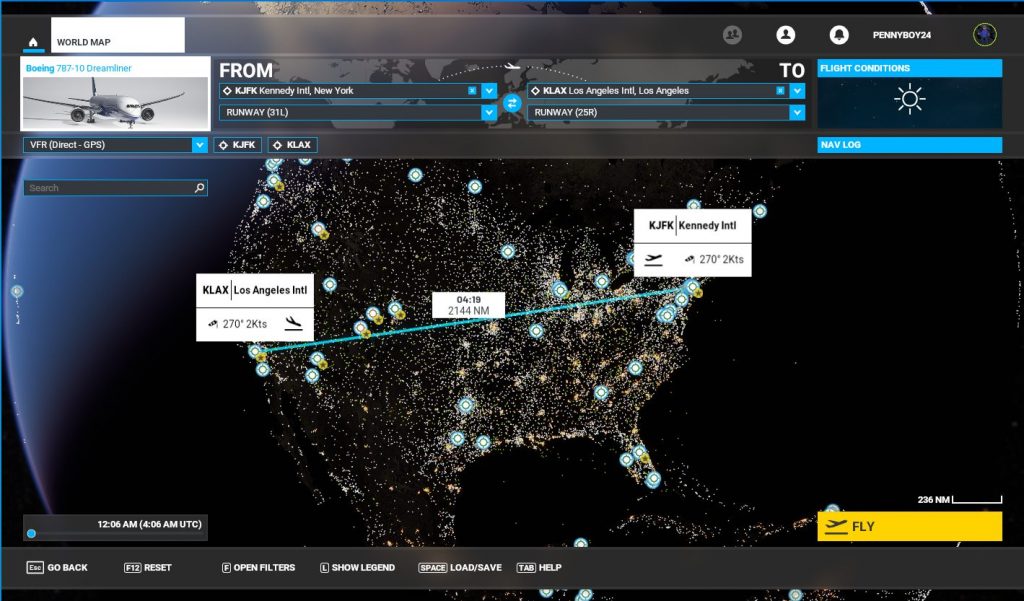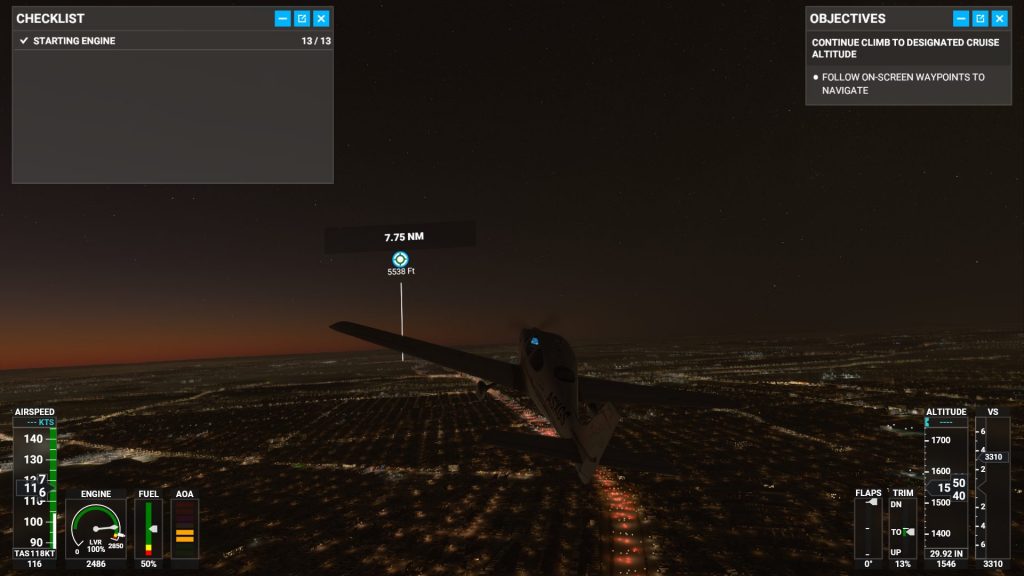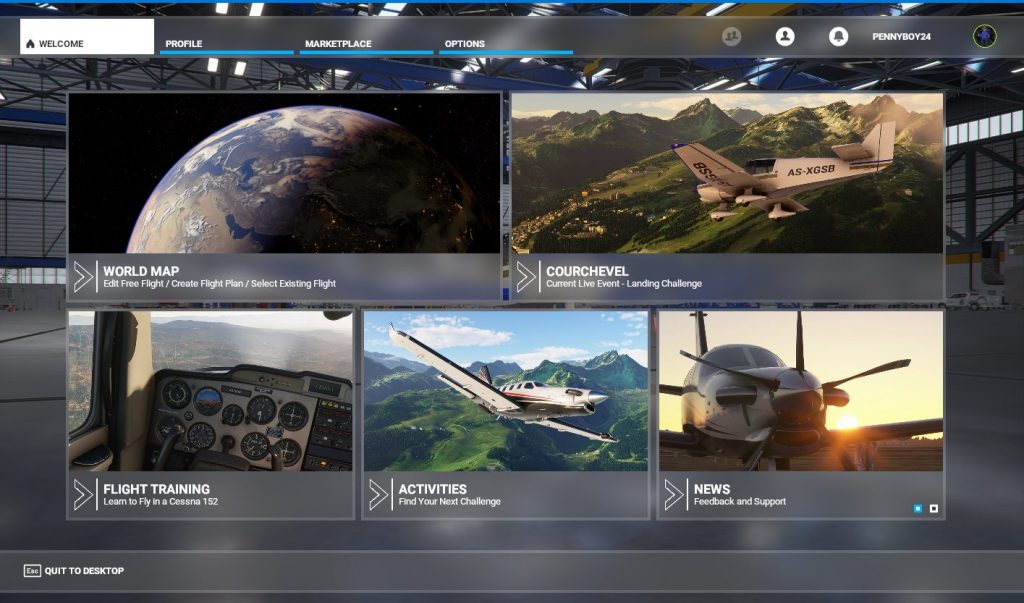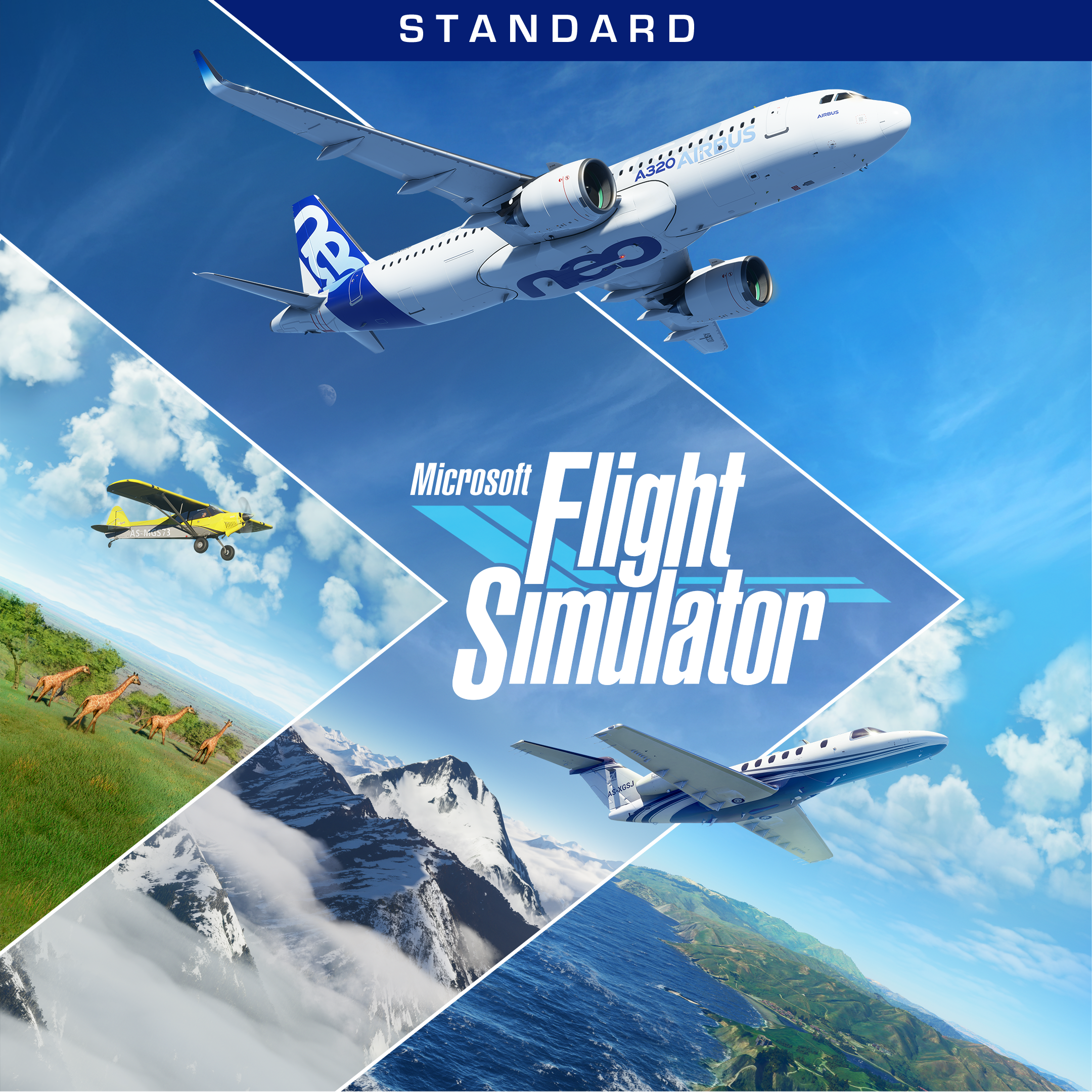With famous cities like Los Angeles, New York, and even London going into limited or full lockdowns due to the COVID-19 outbreak, most people have turned to new ways to explore new places and connect with friends and family. That can be through VR, video chats on Skype, and a lot of other different things, all of which are virtual.
But what about flying? In today’s times, stepping on an actual airplane, going on a vacation, and self quarantining upon arrival at a destination is the last thing anyone wants to do. So, how can you come out of your bubble to virtually take and fly yourself anywhere you’ve visited before, or want to see in the future? Enter, Microsoft Flight Simulator 2020.
Available on Steam and Windows 10 through the Microsoft Store and Xbox Game Pass for PC, this simulator has quickly become the best-reviewed Microsoft game in years. After receiving a review code from Microsoft, and spending a day flying the skies across New York City and the world, I can tell you, there’s a good reason why. Even if you’re a complete amateur, it might currently be one of the best ways to vacation and see the world.
So easy to hop in and fly
Despite the long history of Microsoft Flight Simulator, I had never played with a flight simulator before. The only simulators I had ever played with included Gran Turismo on PlayStation and Forza Motorsports on Xbox One. But, those are driving simulators. I thought that flying a virtual plane would be a completely different experience from driving a virtual car. Boy, was I wrong.
Available through the in-game assistance options, in Microsoft Flight Simulator, you can choose various presets (All Assists, Middle-Ground, or True-To Life) to cater to the way you want to fly. There are indeed settings for serious aviation geeks that put you in full control of an airplane, but there are also settings that will assist amateurs as they fly. I opted for these settings, and it turned on things such as auto take-off, auto rudder, assisted yoke, checklists, landing, take off, and a whole lot of other complicated aviation things.
Finally got the Microsoft Flight Simulator up and running. My XPS 15 has way outdated specs and a GTX 960M, but the game is able to run, even if choppy. Managed to fly over my neighborhood (And stall the airplane while doing so…) This is a really awesome experience! pic.twitter.com/vIUNhYnfOX
— Arif Bacchus (@abacjourn) August 19, 2020
With those settings, when I took off from my initial (short) test flight from New York City’s JFK Airport to New York City’s LaGuardia Airport in a Cirrus SR22, there were only a few things I needed to do. I pressed the Y and B buttons on my controller to release the parking brake, throttle up the airplane, coast it down the runway, and then pull back on the left control stick (which functions as the yoke) to get in the air. I was then able to climb in altitude and control the airplane easily and cut on and off the engines with A+B. I even lowered my altitude to a crazy low level of 350 feet to fly over my own neighborhood (which just so happens to be in JFK’s flight path.) And yes, I did see my house from up there!
This all shows that Microsoft Flight Simulator 2020 is catered to all audiences. It’s so easy to hop in and fly a virtual airplane, even if you’re an amateur like myself. This is my top reason for liking the game. You don’t need a pilot’s license to enjoy the world of aviation. It’s the Forza Motorsport of the skies. Just plug an Xbox Controller in your PC, pay attention to the on-screen messages, and enjoy it, stress-free.
Train to become a virtual pilot
Before I went on for some serious and longer flights in Microsoft Flight Simulator, I wanted to train myself first. This is yet another area where the game is best. You don’t have to be a professional pilot to enjoy the game, but you can if you want to. This is what I tried out with the game’s Flight Training mode.
With this mode, you go through a series of lessons before you dig deeper into the world of aviation. This isn’t required to hop into the game but it’s quite fun. There are a total of 8 useful lessons. Basic controls and the cameras, altitudes, and instruments take-off and level flight, landing, following traffic patterns, and navigation are just a few.
Throughout these lessons, you have a virtual co-pilot to help you through and become familiar with the controls and mechanisms of flying an airplane. They’re all done in a single-engine airplane, however, which is quite strange, as the game lets you pilot bigger airplanes from Boeing and Airbus, which have many different controls.
Still, spending a good two hours repeating these over and over, I felt comfortable going on a long-range virtual flight, and boy was I happy.
Fly, and explore literally anywhere in the world, in every little detail possible
Once I finished my training missions, I felt comfortable to hop into a long-range flight. I changed over to a bigger Boeing 787 Dreamliner and got ready for a flight from New York City’s JFK Airport to Los Angeles LAX airport. The trip usually takes around 6 hours, but with the time-lapse feature, it took me less than 30 minutes. The landing was also easy, thanks to the pathways of arrows when getting close to an airport.
In the process, I was flying over mountains, prairies, and farms, and it was an absolutely beautiful site to look down on. It was like I literally was in a real airplane. Not to mention, the occasional chatter from Air Traffic control, and listening to hand-offs from different controllers as I crossed various state lines.
But that was a flight at high altitude, where the game looks best. To really test the game’s visuals, I went back to a single-engine plane and flew it over my hometown of New York City. The developers are using AI, Azure, satellite and photo information from Bing to map the earth (the game pulls this data from the internet as needed) and I really wanted to see how that works firsthand.
Another Microsoft Flight Simulator 2020 Video! This time, flying over Midtown Manhattan. Of course, you never could take this flight path in real life for obvious reasons but the level of detail in the buildings really amazes me (Even on low settings on my XPS with a GTX 960M) pic.twitter.com/p3bElLPgjQ
— Arif Bacchus (@abacjourn) August 19, 2020
Though my system falls below the recommended specs to run Flight Simulator (and there was some lag due to my outdated graphics card.) I was still fairly impressed with the quality. Thanks to Bing’s imagery, I was able to experience Midtown and Lower Manhattan in its true form when buzzing around at 500 feet. The Empire State Building, Freedom Tower, and other landmarks like the Brooklyn Bridge and Statue of Liberty all looked just like they would in real life, and especially beautiful at night. I haven’t ventured out to the city since the start of the Coronavirus pandemic and seeing NYC from this angle really warmed my heart and made me happy.
Changed some settings a bit. The lag is still there, but here's Manhattan at night! A little view from inside the cockpit, too. #MicrosoftFlightSimulator pic.twitter.com/SSGjdP8uIM
— Arif Bacchus (@abacjourn) August 20, 2020
Even Central Park looked great, with its trees and greenery. I also did the same for Santa Monica Beach in Los Angeles. After visiting there last summer, I can’t help but think it’s pretty close to real life. You could do this with literally anywhere in the world. Just pick the attraction out from the map, and set it as your destination, and you’ll be put over it, mid-flight. No need to take off.
Alas, my system isn’t able to handle it, but you also could take these visuals to the next level to enter an Active Pause mode. This allows you to leave the airplane in the air, and take photos. Noted by Polygon, there are also other features thanks to partnerships with real aviation companies. With FlightAware, you can share runways, you also can use the real-world frequencies to communicate with air traffic control.
There’s even live weather on the pre-flight map, too, and I could see Hurricane Genevieve over Mexico’s Baja Peninsula. I tried flying into the hurricane and the level of detail is just too real. (I crashed my plane.)
Still some bugs, and not the perfect game
As much as I loved Microsoft Flight Simulator, there are some bugs, and the game is far from perfect. These do not ruin the experience, but there are a few issues that could lead to some minor turbulence.
The most annoying bug so far is with multiplayer. My colleague is also reviewing the game, and we tried to join each other sessions on multiple occasions. Despite clicking his name on the map, we weren’t able to see each other flying in the same space when we joined. We never could get the feature to work. Also missing is shared cockpits, and sharing controls with your friends, which is a shame since there could be some big appeal for this title being used to train real pilots.
That issue is small, but, other in-game things also proved slightly annoying. During flights, you’ll get occasional pop-up instructions on the screen telling you about certain errors related to the airplane. If you’re just interested in sight-seeing, these will get in your way. Oh, and there is the “game over” popups too, where if you overstress the airplane, you’ll be forced to reset. These can be turned off by switching to easy mode, but some people have found it annoying.
Finally, there are also bugs with mapping. Sometimes, a location in the game might not represent what it looks like in real life. As The Verge points out, Buckingham Palace has been replaced with office towers, and palm trees in California have been replaced by weird obelisks. That’s due to issues with the way that Bing maps pulls the data, or with Internet connectivity, so it can be patched. But, it’s still an issue, to say the least.
Overall, if all you’re interested in is flying all over the world, seeing famous landmarks, and having fun, this is the game for you. Strap yourself in, put on your pilot’s sunshades, and see the world like you never did before.

